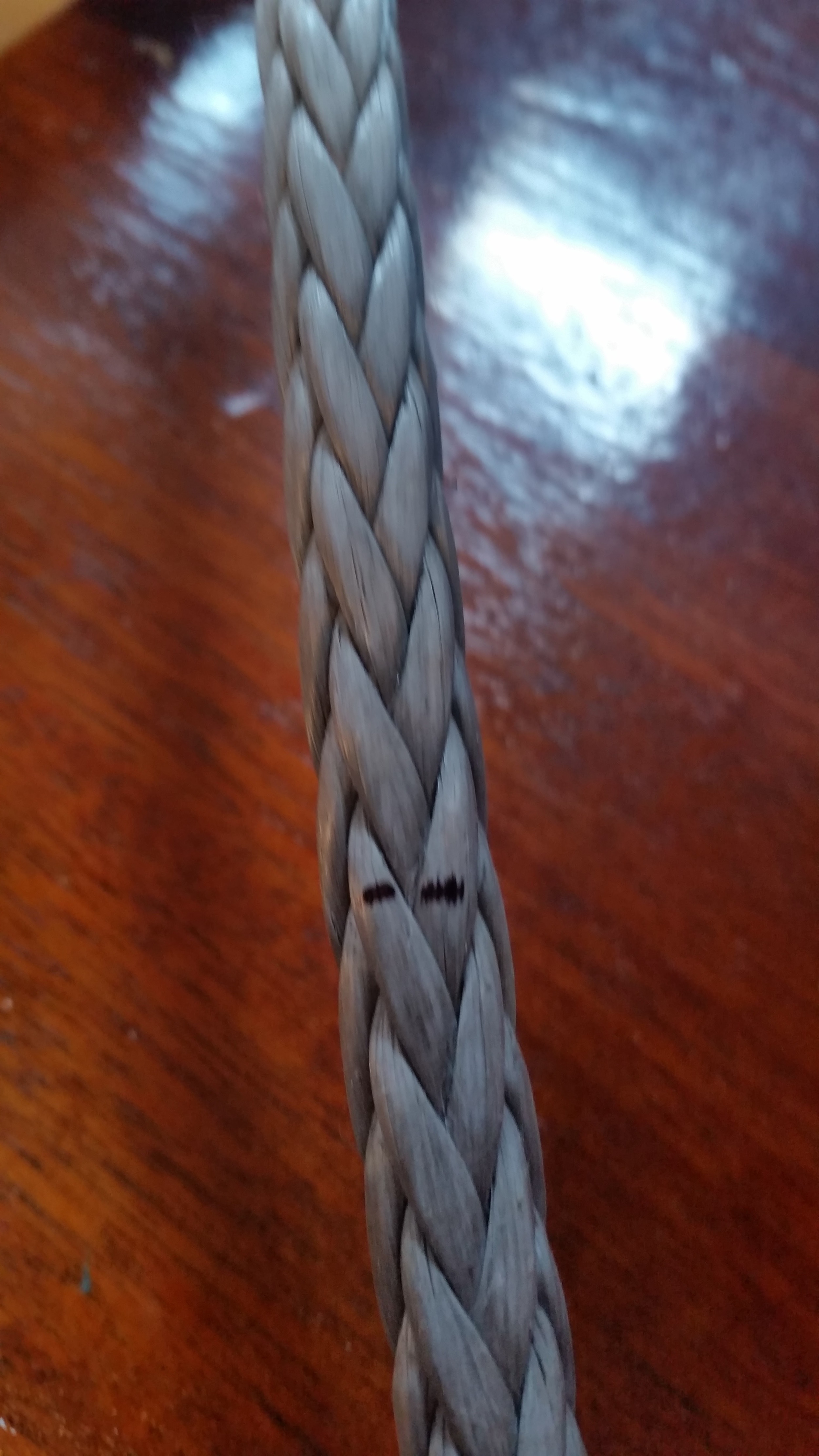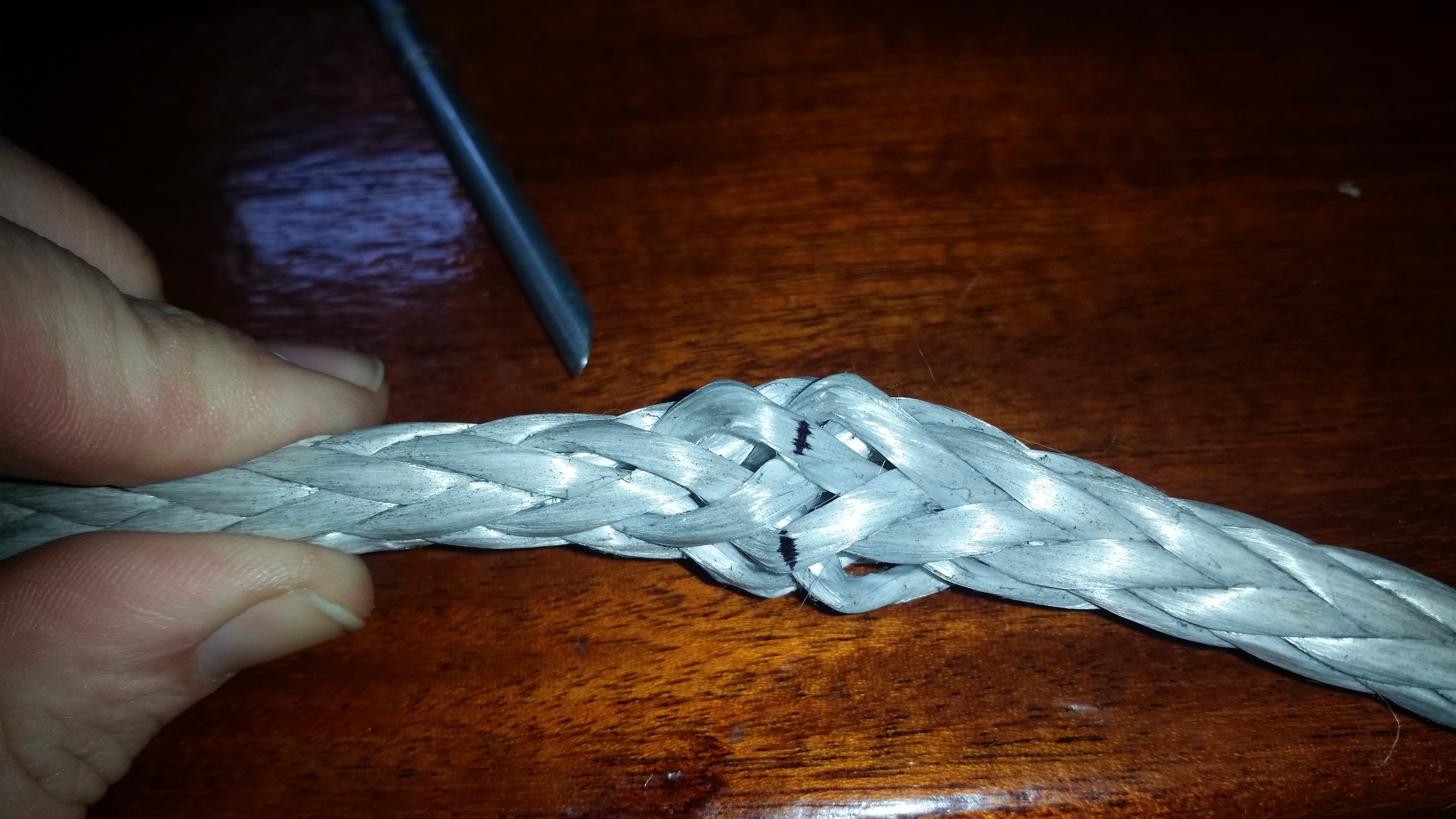The subfloor on the tiny house serves a three purposes:
It connects the tiny house to the trailer
It provides a stable support for the floor that will go over it
It supports the walls that will be built
If the tiny house is not properly attached to the trailer, the whole unit could slide right off the trailer while driving down the highway or during a severe windstorm.
The ideal way to connect the subfloor to the trailer would be to use bolts and through bolt the whole structure. This would require two people and a lot of time. I am practically building this structure alone, Maddie helps from time to time but is usually not available to help and work as many hours as I am.
The next best option to through bolting the structure would be machine screws through the subfloor and into the metal trailer beneath. I was planning on connecting the units this way until I realized that I don't have a long enough drill bit to go through the 3+ inches of wood, and then the metal frame beneath. This led me to come up with an alternate method of attaching the subfloor to the wood of the trailer
I came to the decision of attaching the subfloor to the trailer floor via a series of many nails and screws. The wood I am attaching to is strong and well attached to the trailer, so this seems to be adequate for the time being.
The floors are going to be one of the last things to go in. I can always change my mind, bite the bullet, and through bolt the whole trailer if I feel uneasy about the attachment.
To accommodate the other two purposes, I simply double boarded the perimeter which will provide a wide and stable platform for the wall frames to rest.
I also set the subfloor 2x4's vertical and horizontal across the middle. The vertical ones are to support the floor, while the horizontal ones are to provide a firm surface to attach the subfloor to the trailer.
All these pieces of wood tie together to form a rather stable platform which should be able to support the whole house. The whole structure was coated in tung oil to protect it from rain and moisture as construction progresses.
The next step: Building the walls!


















